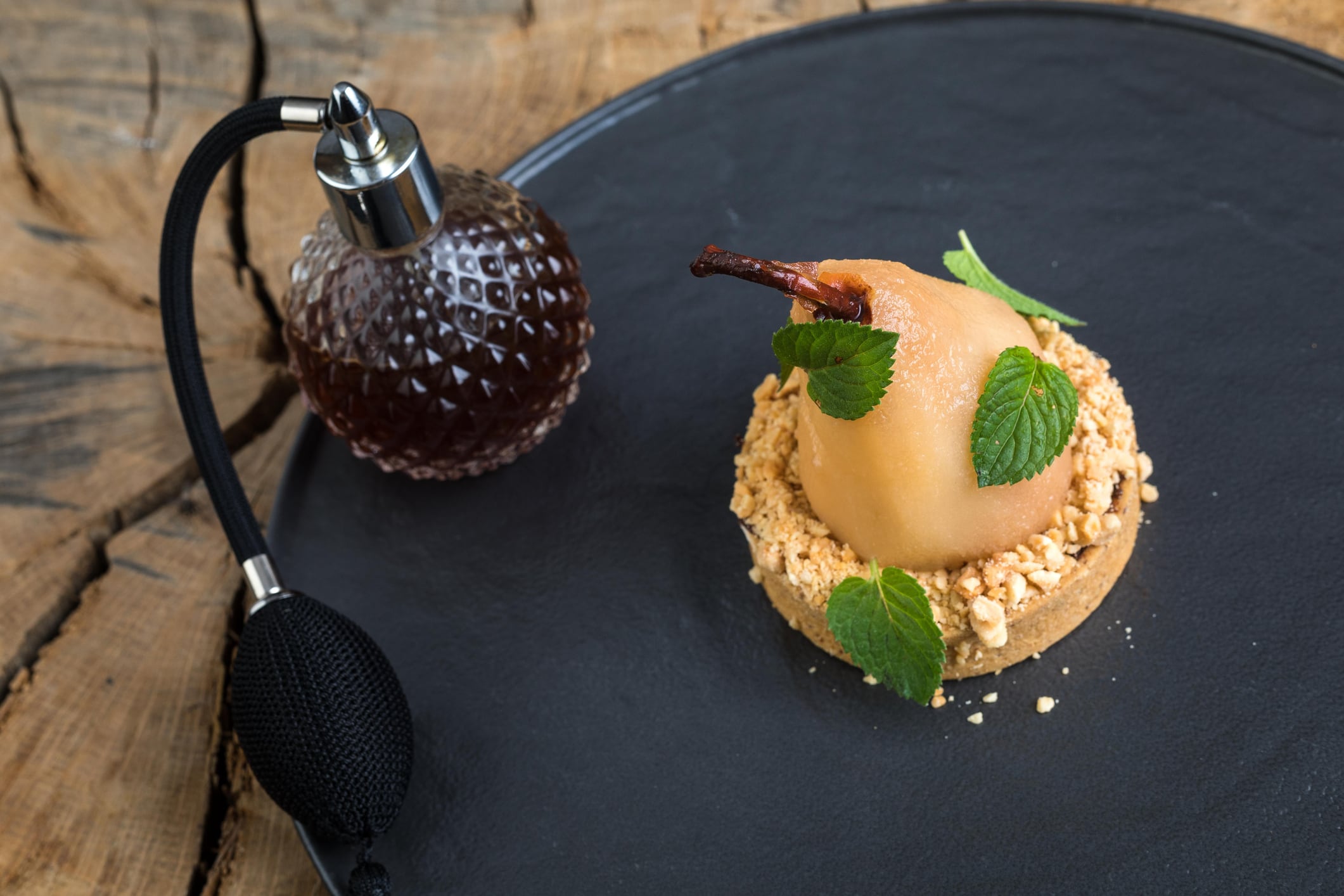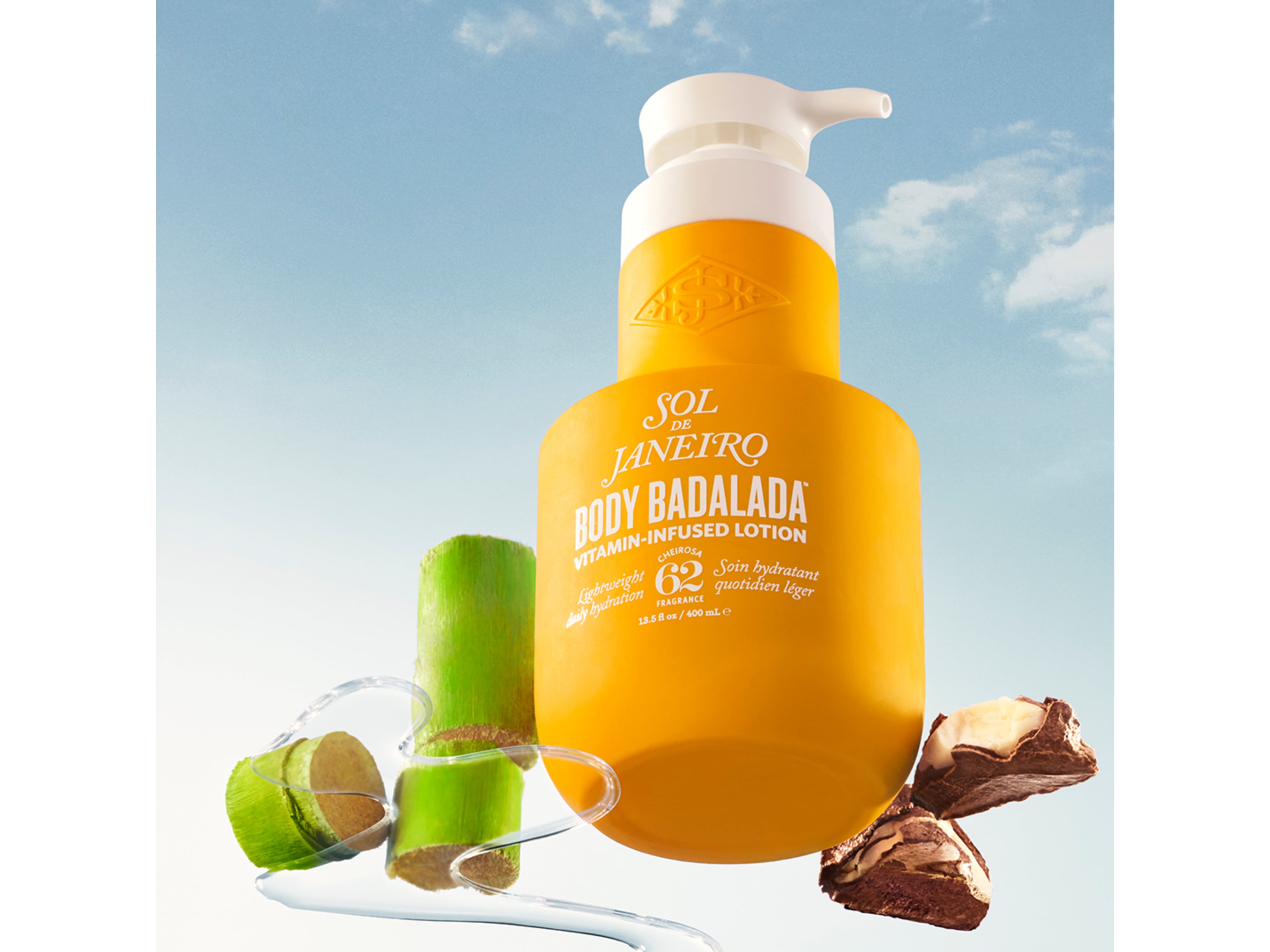Traditionally, perfume marketing has focused on sex appeal, aspirational values, and evocative visuals. However, this narrative is evolving as the development of neuroscience and technology increasingly highlights the potential health benefits of fragrances.
For instance, a study published on Oxford Academic showed an improvement in objective and perceived sleep with the use of fragrance before bedtime. Another study has found that fragrance inhalation of grapefruit essential oil is positively correlated with muscle sympathetic nerve activity, such as blood pressure and heart rate.
This shift is reflected in the growing wellness fragrance segment, where products are positioned to deliver emotional and psychological benefits.
According to Mintel’s Global New Products Database (GNPD), 18% of new fragrance launches in Asia-Pacific (APAC) between January and October 2022 included aromatherapy claims, up from 7% in 2020, demonstrating a rising consumer demand for scents that support well-being.
Notably, with the rise of weight management drugs like GLP-1, gourmand fragrances are also emerging as sensory tools to help manage food cravings.
“Research has confirmed that the sense of smell has a major influence on metabolism, and that when the sense of smell is disrupted, the regulation of insulin is also affected. This opens new opportunities for fragrance brands to position gourmand scents within broader health and wellness narratives.
“By refining ingredient profiles and leveraging scientific evidence, brands can develop sophisticated, food-inspired fragrances that offer sensory satisfaction, particularly for consumers navigating weight management. Transparency, functional positioning, and a wellness-led approach will be key to building trust in this emerging space,” Lauren Goodsitt, Director of Beauty & Personal Care at Mintel, told CosmeticsDesign-Asia.
Data from Mintel GNPD indicate that global launches of gourmand fragrances grew from 15% in 2019 to 22% in 2024.
“Gourmand notes can serve as an alternative or complementary option in consumers’ short- and long-term health journeys, appealing to those who want to stay lean while smelling like their favourite food.”
Functional fragrances
At the same time, products that bridge multiple categories are also an area of opportunity for fragrance brands to expand their role in consumers’ daily beauty and personal care (BPC) routines.
Goodsitt cited examples of brands that have merged functionality with fragrance, including Japanese brand SHIRO’s Ice Mint Body Lotion, which claims to offer a fresh mint scent and is formulated to cool and protect the skin from UV rays, meeting both fragrance and functional needs related to heat and sun exposure.
In addition, Chinese body care brand eios’ 0’3” Refreshing Balm is said to possess cooling effects that gradually intensify over two to three hours upon application. It contains plant-based essential oils to awaken the senses, providing on-the-go heat relief and is suited for frequent use.
Other product formats and types that Mintel said brands could explore are multifunctional body oils and balms, deodorant-skin care hybrids, and fragranced fabric and home care.
“Versatile formulations of body oils and balms, serving as massage oils, makeup removers, scalp treatments and more, are emerging as key players in the intersection of skin care, wellness, and aromatherapy. Their sensorial application offers a natural entry point for fragrance brands to enhance emotional connection and routine integration through scent.
“Also, products that blend odour control with nourishing, skin-friendly ingredients are reshaping hygiene routines. By addressing multiple body zones and concerns in a single step, they open up opportunities for fragrance brands to embed signature scents in highly functional, daily-use products.
“Furthermore, laundry detergents, fabric softeners and surface sprays with sophisticated scent profiles are increasingly seen as complements, or even alternatives, to personal fragrance. These categories provide brands with a seamless way to extend their olfactive identity into consumers’ environments and lifestyles, reinforcing emotional brand engagement through ambient scent.”
Sampling and small-capacity trend
With trend cycles shortening and economic pressures mounting, companies such as Coty and brands like Parfums de Marly have leaned into discovery sets and larger sample sizes that encourage trial and exploration of new scents while justifying higher price points.
Based on Mintel’s data, 36% of consumers in Japan aged between 18 and 29 prioritise value for money when choosing a perfume or scented BPC product.
“Fragrance sample sets allow consumers to try different scents before committing to a full bottle. Brands can also help consumers rationalise the cost of prestige fragrance by increasing the number of scents they can experience at a price point similar to one full-sized bottle. For instance, they can offer four 10ml bottles for the price of a 30ml bottle.
“Additionally, brands can drive participation in micro-trends by marketing and encouraging the frequent purchase of mini fragrance products. With smaller bags still on trend, perfume sample sets can be promoted by positioning these smaller bottles as being more portable.”
In response to online platforms retailing decanted perfumes, Mintel said that consumers should be aware of potential risks, particularly the possibility of counterfeit or tampered products.
“These may contain prohibited ingredients or pose safety concerns, which can negatively impact trust in the broader fragrance market, especially when associated with dupes or unverified decants.
“Increasingly, consumers are scrutinising ingredients for both safety and efficacy, so reputable decant sellers should be able to share ingredient lists or verified information from the original product, especially to address concerns around allergens or harsh components.”
As online shopping removes the in-store sensory experience, it is also essential to consult customer reviews.
“Feedback from other buyers can offer valuable insights into the retailer’s authenticity, customer service, and overall reliability, helping consumers make more confident and informed purchases.”



